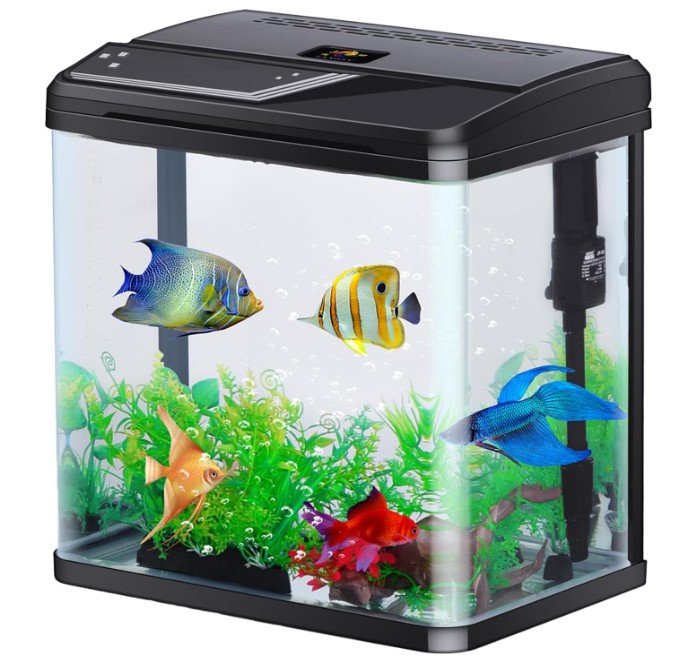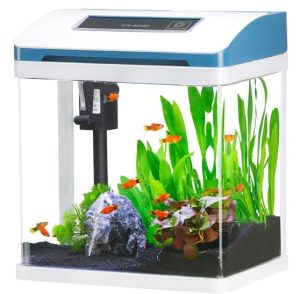The betta fish life cycle, also known as Siamese fighting fish (Betta splendens), is a fascinating process that spans from egg to adulthood, encompassing various developmental stages.
This species, native to the Mekong basin in Southeast Asia, is popular in the aquarium trade due to its vibrant colors and elaborate finnage.
Understanding the betta fish life cycle is crucial for hobbyists and breeders alike to ensure the health and well-being of these fish. This detailed overview covers the stages of the betta fish life cycle, including reproduction, embryonic development, fry stage, juvenile stage, and adulthood.
1. Reproduction
The reproductive process begins with courtship, initiated by the male betta. Males perform a series of displays, including flaring their gills and spreading their fins to attract a female. Once a female is receptive, the male wraps around her in a nuptial embrace to induce spawning. During this embrace, the female releases eggs while the male fertilizes them externally.
2. Egg Stage
After fertilization, the eggs fall towards the bottom of the water. The male, responsible for nest-building and egg care, collects the eggs in his mouth and places them into a bubble nest. Bubble nests are created by the male using saliva to produce bubbles at the water surface, serving as a protective incubator for the eggs. The incubation period lasts for 24-36 hours, during which the male diligently guards and maintains the nest.
3. Embryonic Development
Within the eggs, embryonic development occurs rapidly. The initial stage is marked by cell division, leading to the formation of a blastula, followed by gastrulation, where the basic body plan begins to form. Throughout this period, the embryo develops critical features such as the heart, spinal cord, and rudimentary fins.
4. Fry Stage
Upon hatching, betta fry are extremely small and lack functional organs. Initially, they feed on their yolk sac, providing essential nutrients for the first few days. During this stage, fry remain in the bubble nest under the male’s care. As they start to swim freely and the yolk sac is absorbed, they require very fine, nutritious food, like infusoria or specially formulated fry food, to support rapid growth and development.
5. Juvenile Stage
As fry grow, they enter the juvenile stage, characterized by the development of fins and scales, and the beginning of coloration. Juvenile bettas are more resilient and can be introduced to a diet of micro worms, brine shrimp, or finely crushed flake food. This stage is critical for proper growth and development, necessitating clean water and appropriate nutrition.
6. Adulthood
Bettas typically reach adulthood around 3-4 months of age, at which point they display full coloration and fin development. Adult males exhibit longer, more elaborate fins than females and are more aggressive, necessitating separate housing to prevent fights. Adult bettas require a balanced diet of high-quality pellets, frozen or live food, and consistent water quality to maintain health and vitality. The lifespan of a betta fish in captivity ranges from 3 to 5 years, depending on care and genetics.
The Betta Fish Life Cycle
Throughout the betta fish life cycle, the betta fish undergoes significant changes, from a microscopic egg to a vibrant adult. Proper care at each stage of development is crucial for the health and longevity of these captivating creatures. Understanding and catering to the unique needs of bettas at each life stage can ensure that these fish thrive in captivity, showcasing their striking beauty and fascinating behavior.
4 Gallon Aquarium Starter Kit Small Glass For Betta Fish. You can see this at a great price on Amazon right now - click HERE!
Small Fish Tank 2 Gallon Glass Aquarium Starter Kits Self Cleaning w/Colorful LED Light for Betta Fish! Click HERE to see on Amazon!
 A great deal on Amazon Right Now - Tetra Colorfusion Aquarium!
A great deal on Amazon Right Now - Tetra Colorfusion Aquarium!


